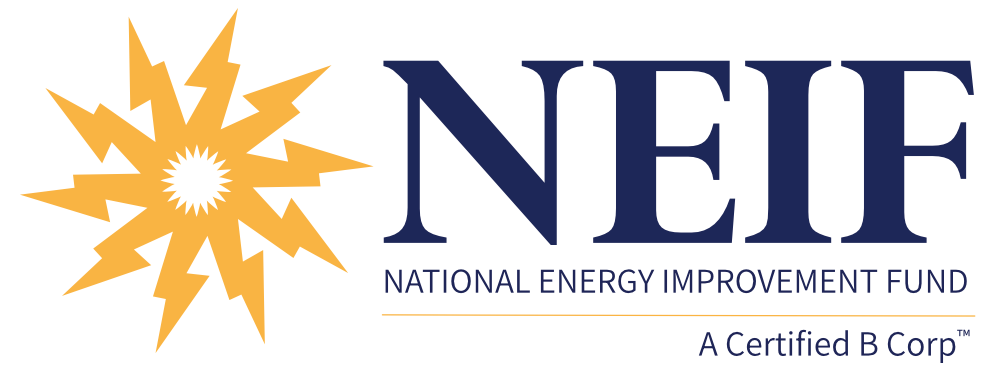A Conversation with: Peter Krajsa of the National Energy Improvement Fund
This article was originally published on LVB.com, November 25, 2019
By Stacy Wescoe
Peter Krajsa said the story of the National Energy Improvement Fund goes back to his family’s business, the consumer lender and mortgage bank AFC First, which was founded in Allentown by his parents in 1947.
“We moved that company exclusively into energy efficiency home improvement lending in 1999 when we realized that consumers weren’t being given affordable payment options for energy saving improvements. Ultimately, we became a national lender in that space running programs for state and utilities including Pennsylvania’s Keystone HELP program with Pennsylvania Treasury. John Hayes, now EVP at New Tripoli Bank was a key part of that growth. We sold AFC to a California lender, Renew Financial, in 2015.
In late 2017 Matthew Brown, a long-time colleague based in Colorado, and I decided to reassemble many of the old AFC team including our COO Laura Nelson and form the National Energy Improvement Fund or ‘NEIF’.”
NEIF is unique in that it is a benefit corporation or “B Corp” operating as a multi-state, fully compliant, non-bank financial institution, providing lending and other services for homes and businesses. As the nation’s only Certified “B Corporation” energy efficiency and resiliency lender, NEIF meets the highest third-party standards of social & environmental performance, public transparency, and legal accountability. It currently provides residential financing from Maine to Florida and commercial energy financing nationally.
LVB: What are the current trends in energy improvements in homes, businesses and the industrial sector?
Krajsa: Financing options for core energy improvements remain unfocused and fragmented. Eighty percent of all energy related improvements are “reactive” – that is, they are a response to a heating or cooling system outage or other needed or urgent upgrade. For many homeowners these “reactive” home improvements ($2,500 to $25,000) come as a surprise, un-budgeted major capital expense and can often fall into the consumer’s financing “twilight zone” – too big for a credit card, too small for a home equity loan. Credit cards, short-term promotional programs, or cumbersome traditional financing don’t address the needs of buyers and contractors looking for fast turn-around, fair pricing and longer-term affordability for a major capital purchase in energy-related improvements. Because a reactive improvement is time sensitive and consumers may have limited, less-than-affordable or inefficient financial options available to them, they often are only able to afford cheaper and less efficient systems or improvements. To some degree the same situation applies to commercial financing. Business owners are looking for fast, effective point of purchase financing for projects like lighting and HVAC upgrades.
LVB: Is there still a strong demand for energy saving projects? Is funding still readily available?
Krajsa: Probably the most cost-effective thing a homeowner or business could do is focus on improving their building’s energy efficiency. It not only can save energy, but done properly with the correct HVAC system, insulation, ventilation, lighting etc., can significantly improve the comfort and liveability of the building. We see better rates and terms available for these kinds of projects.
LVB: What are the challenges is helping to promote energy efficiency from NEIF’s perspective?
Krajsa: People are so seduced by promotional financing and “zero percent” they don’t take the time to look into the most affordable and comprehensive solutions. Smart consumers understand that the cost of subsidizing “zero percent” or other artificially low rates may result in a higher price for the product (somebody has to pay for it!). Short-term promotional financing isn’t the answer for many consumers faced with expensive energy or other home improvements. Many financing options, even those that appear to be low fixed rates, are really credit card-type programs that can turn into 25 percent or 30 percent interest rates after the promotional term or if you are a few days late with your payment. National Energy Improvement Fund focuses on longer-term fixed rate installment financing, meaning the rate is locked in for the term and not subject to change like many credit products offered through retailers or manufacturers. And we often work with state and utilities to provide preferred terms.
LVB: What’s next for your industry?
Krajsa: We are seeing a big focus on building resiliency, especially in the southeast U.S. and coastal states. That means being proactive in improving your roof, windows and doors before a storm hits. Many insurance companies will give you a large discount and we are developing a program that integrates affordable financing with these insurance saving.
The National Energy Improvement Fund, LLC is a Certified B Corporation lender specializing in contractor-driven financing programs for energy and other improvements to homes and businesses. Led by energy efficiency finance pioneers Peter Krajsa and Matthew Brown, NEIF’s lending legacy dates to 1947 (AFC First) and its team has been responsible for over $700 Million in financing, working with leading contractors, distributors, manufacturers, utilities, governments and trade groups.



